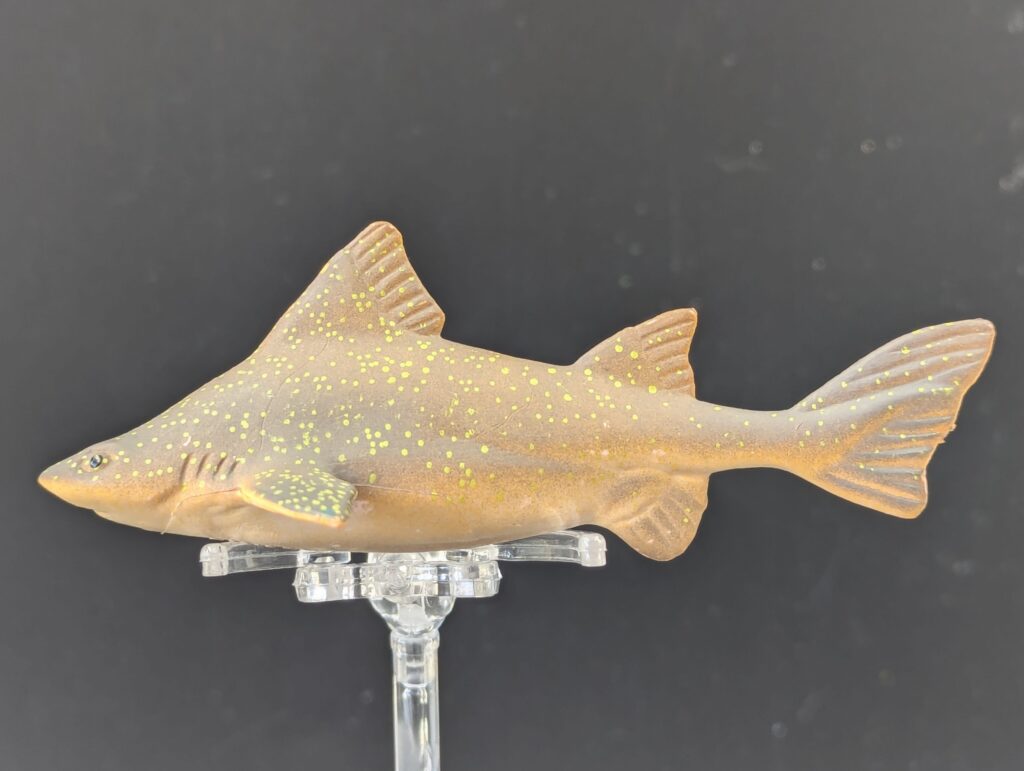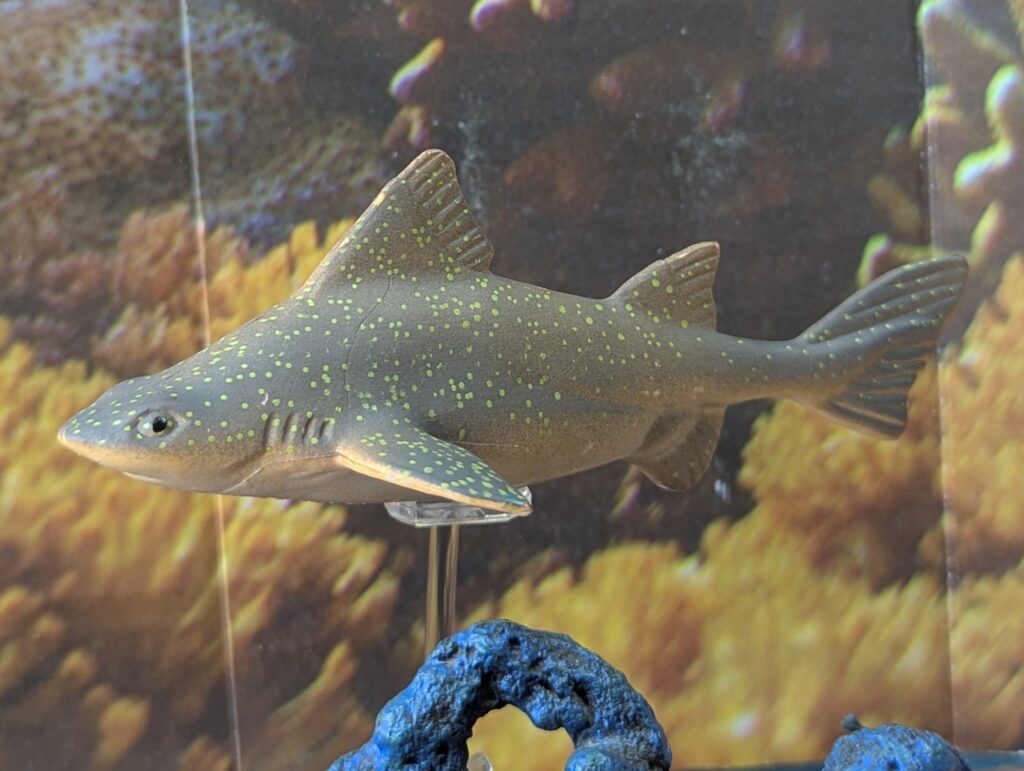At this time it’s my contribution to the Shark Week posts, and identical to final 12 months, it’s a really uncommon species from the Discovery Science set “Return to Isle of Jaws”. As earlier than, I haven’t really see the present of the identical title, however it did result in an entire field set of shark figures. Some have been even ok to keep up within the assortment! And this is able to be one other shark species that has by no means been produced earlier than, as soon as once more reflecting simply how diverse and strange the dwelling sharks could be.
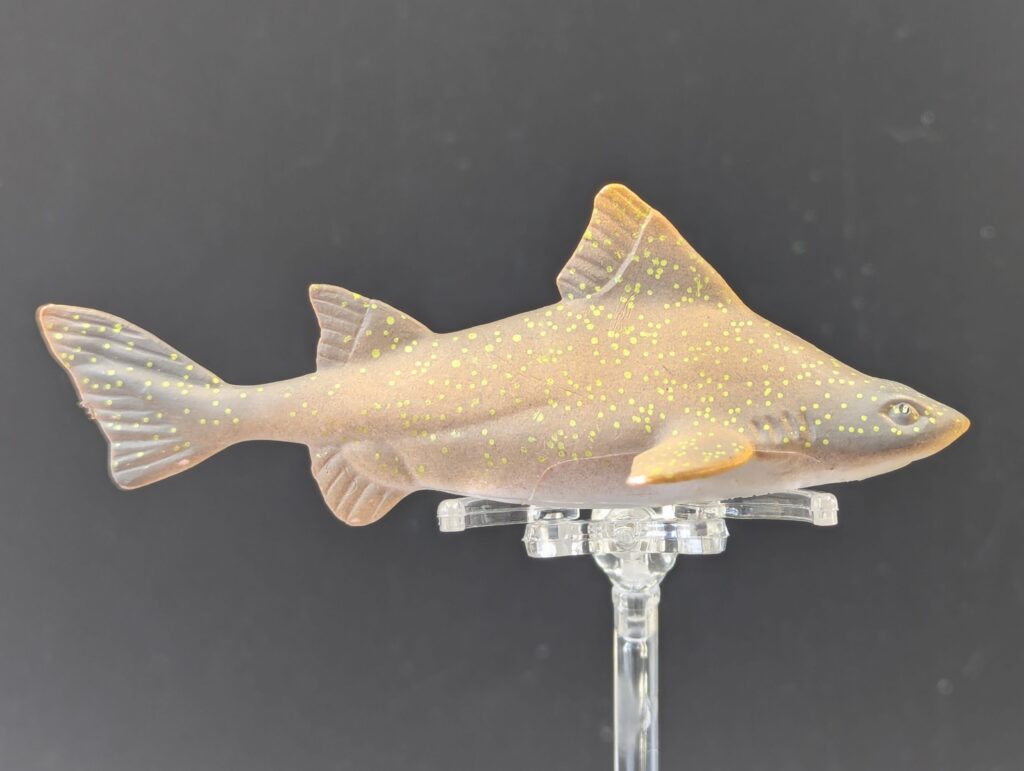
The species being checked out right this moment is the angular roughshark, Oxynotus centrini. Roughsharks are a part of the household Oxynotidae, one of many many households of ‘dogfishes’ within the order Squaliformes, a big group of sharks that share options like no anal fin, no nictitating membrane over the eyes, often spines in entrance of the dorsal fins, and a pointy or pointed head. After that, dogfish can differ lots in measurement, form and behavior. And one group that actually stands out are the roughsharks.
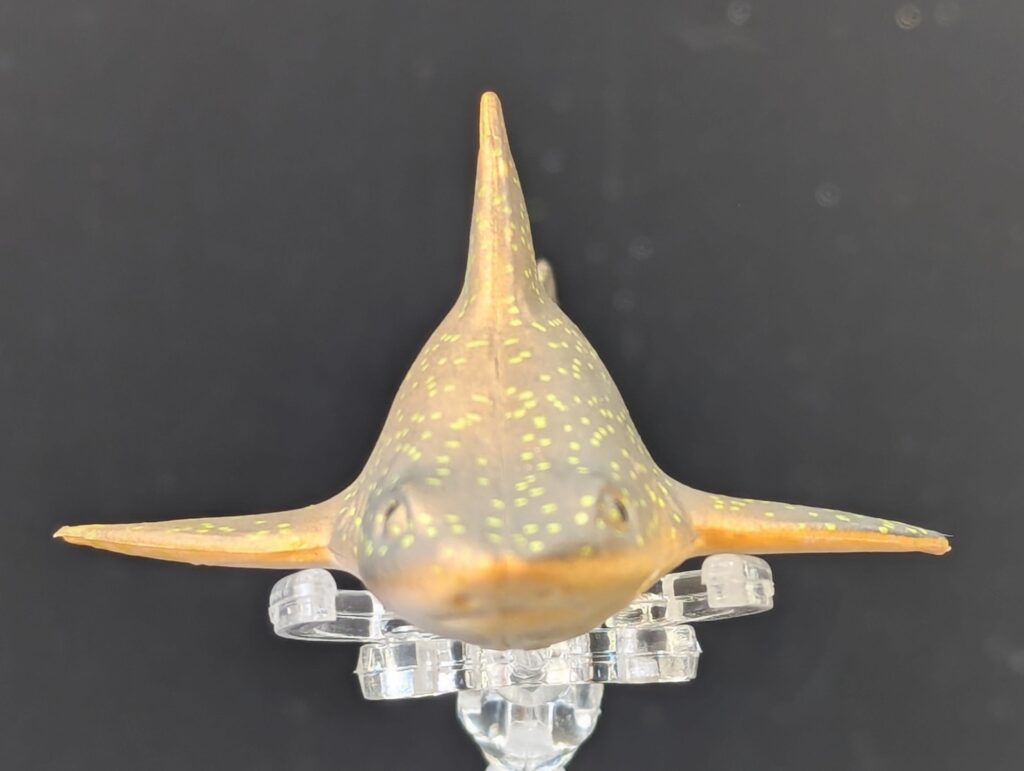
Roughsharks total have excessive, broad our bodies with flat bellies, giving a triangular cross-section. They’re two very massive, excessive dorsal fins, with the primary dorsal fin place far ahead in the direction of the pinnacle. Roughsharks are additionally uncommon in that they’ve a ‘luminous organ’, on this occasion a glandular organ that offers the pores and skin an look of small glowing spots, presumably as a type of camoflage of their most well-liked deeper habitats. That is totally different from different squaliform sharks which will have even have phosphorescent organs someplace on the physique. Roughsharks, because the title suggests, even have a really tough, prickly texture to their pores and skin, extra so than most sharks within the order that already are typically rough-skinned (perhaps not as a lot as bramble sharks, however nobody makes a type of but).
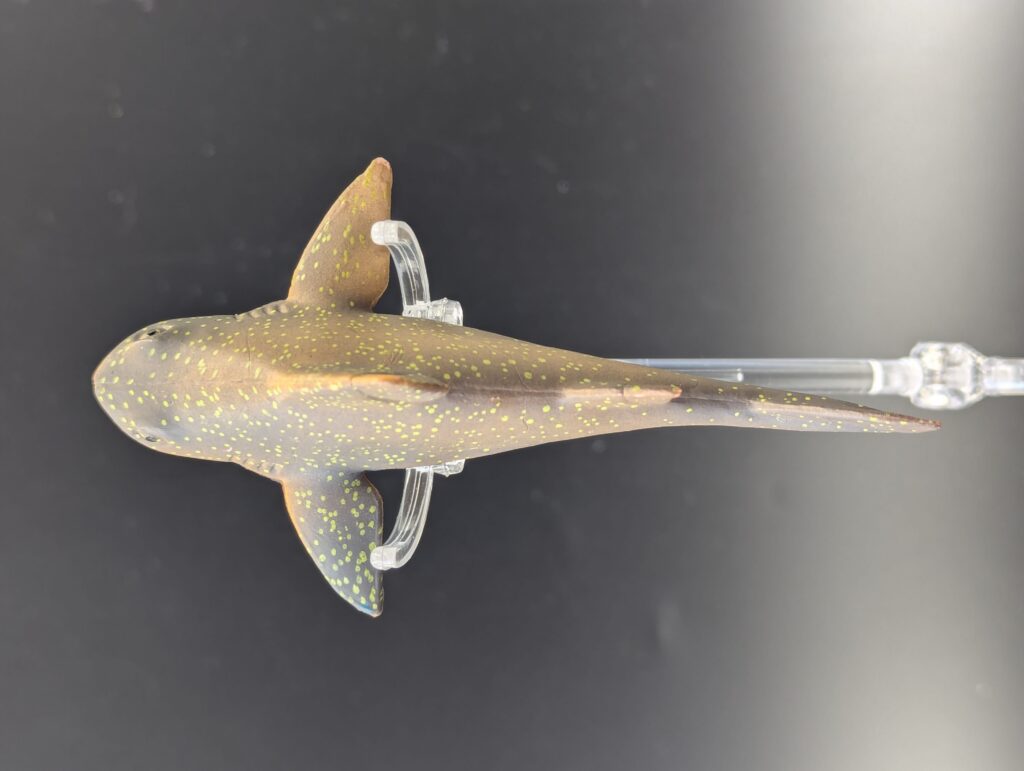
The angular roughshark is a comparatively small shark, often 1 metre (39 inches) in size, though they’ll rise up to 150 cm (60 inches) lengthy. Females are bigger than males, so any particular person this huge is feminine. Though not lots is understood about their behaviour, it’s identified that they’re backside dwelling predators of arthropods, crustaceans, and worms. They’re present in deeper waters alongside a lot of the jap Atlantic coast from Norway south to South Africa, with attainable samples from Mozambique (however these is likely to be a special species). Angular roughsharks can be discovered within the Mediterranean sea and adjoining areas, with various inhabitants sizes. Their populations appear unstable, and weak to fishing pressures as bycatch, inflicting them to be listed as Endangered by the IUCN.
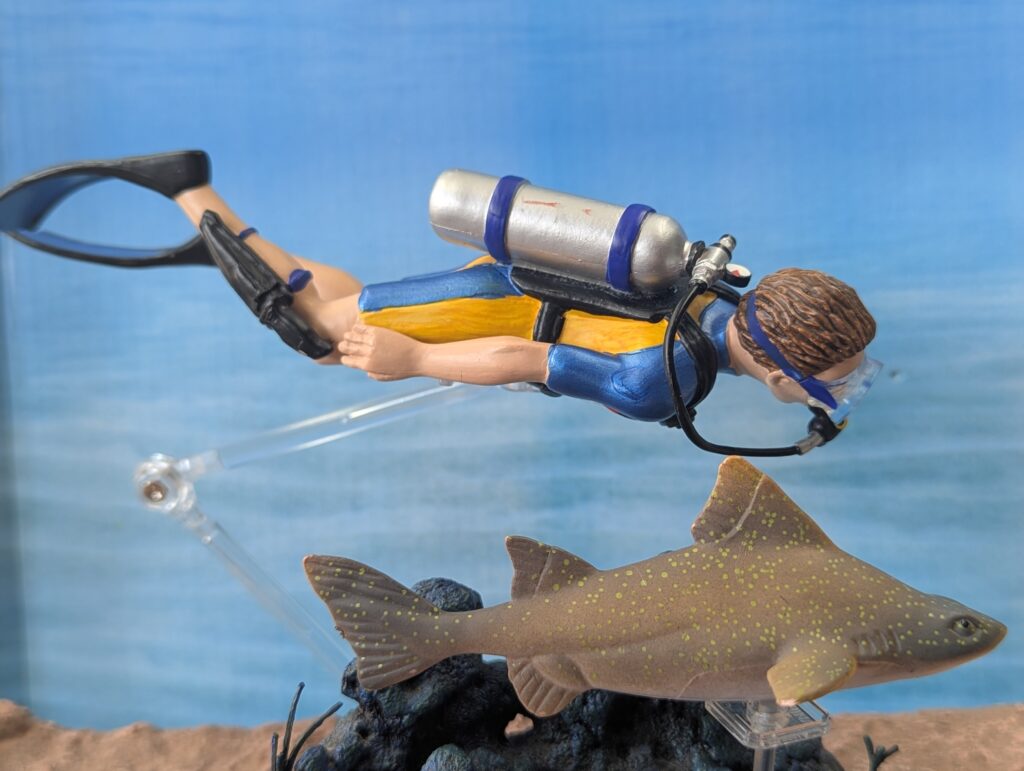
Turning to the determine itself, there are some good issues and a few…irritating issues. The determine is 11.1cm (4.3 inches) lengthy, so it ranges from 1:9 for a mean particular person to 1:14 for a big one. In it’s total first look in profile and from the entrance, it’s clearly a roughshark, and given the heavy again and thick first dorsal, might solely be an angular roughshark. To date so good. The snout is pointed, with distinct nostrils and underslung mouth. It’s not unhealthy, though there must be a bit extra of a ‘pug’ snout, with the nostrils dealing with extra ahead, form of like a horn shark. Not unhealthy, however not excellent. The eyes are appropriately massive and almond formed, which is nice, however must be painted all black or all inexperienced, as an alternative of the brown base color with a black, roughly central pupil.
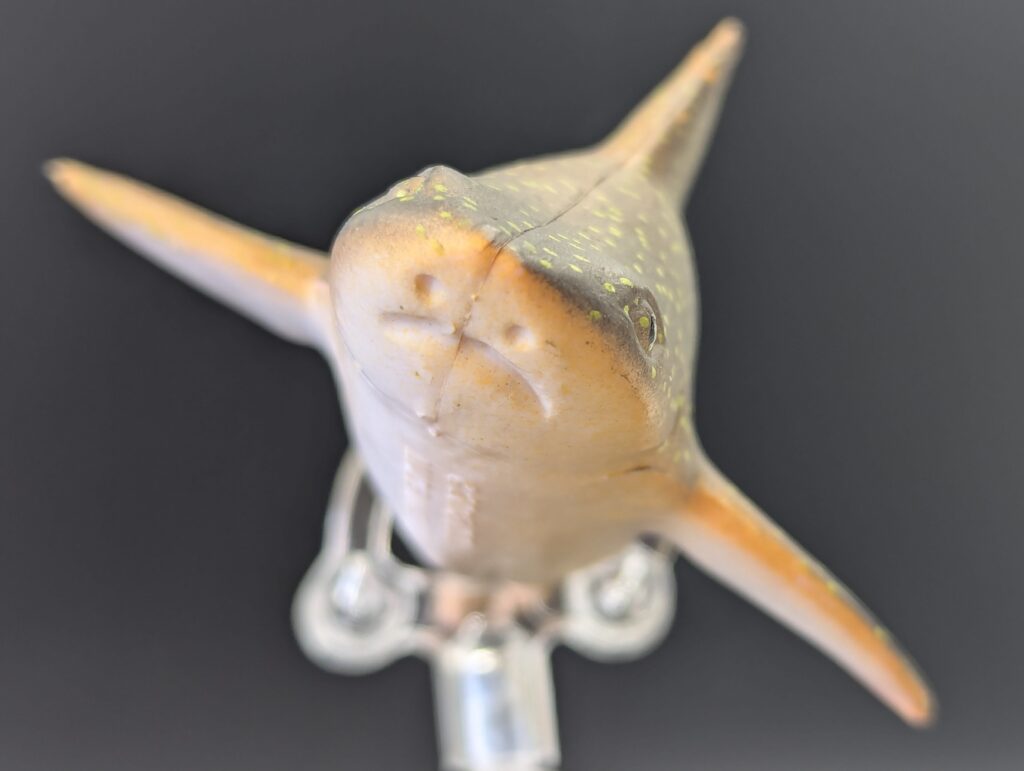
Behind the attention must be a big, vertical spiracle, as an alternative, we’ve nothing in any respect. That is unlucky, as the massive spiracle is an angular roughshark characteristic, as is the ridge over the eyes with massive, even rougher denticles. In fact, all the determine is clean (it’s uncommon to have a shark determine really feel like sandpaper in any course), however a pronounced ridge would have been good. And given the miss on the spiracle, do I even must rely the gills to realize it’s the improper quantity? In fact it’s 4, not 5. I don’t know why that is so arduous for shark figures, 5 is the default (with six or seven for some uncommon species), however I can’t essentially fault this firm, this challenge has plagued even one of the best corporations!
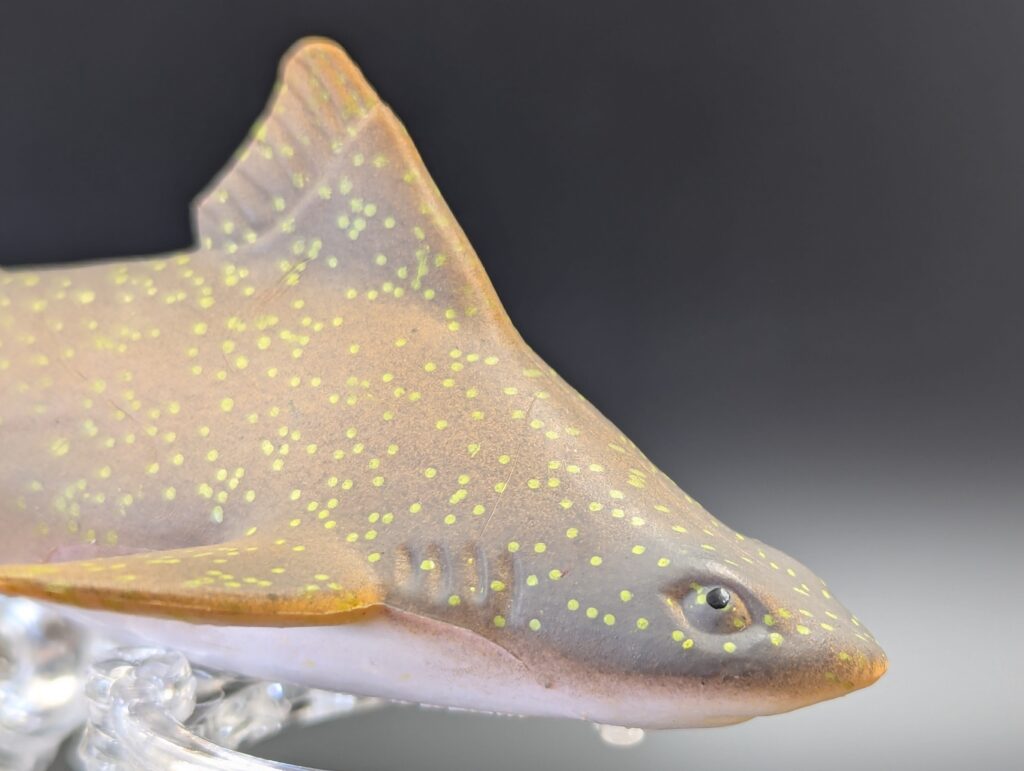
The fins seem okay. The pectoral fins are are broad and diamond formed, prolonged outward. The remainder of the fins, together with the tail, have a thick base and a textured posterior margin, which isn’t a foul illustration of the true animal’s finnage. The dorsal fins are appropriately massive and excessive, though the second dorsal may very well be greater. The spines should not current, however apparently they are often hidden underneath the flesh of the entrance margin, so perhaps we will say that right here, however a slight bump or thickening would have helped. The tail can also be broad, and whereas heterocercal, is brief and thick and a bit squared, with a definite upward lobe. The ventral fin is…effectively, a single fin. It seems like an anal fin, which is problematic, since no squaliform has an anal fin. In flip, which means that there are no pelvic fins. This can be a main miss. And likewise lets us all know that the mannequin was in all probability designed based mostly on a lateral view (that is as annoyingly frequent because the gill slit challenge, however impacts numerous fish fashions). Pretending that this single fin is supposed to be a pair of tightly pressed pelvic fins, no claspers are current, reinforcing the idea that the determine represents a feminine.
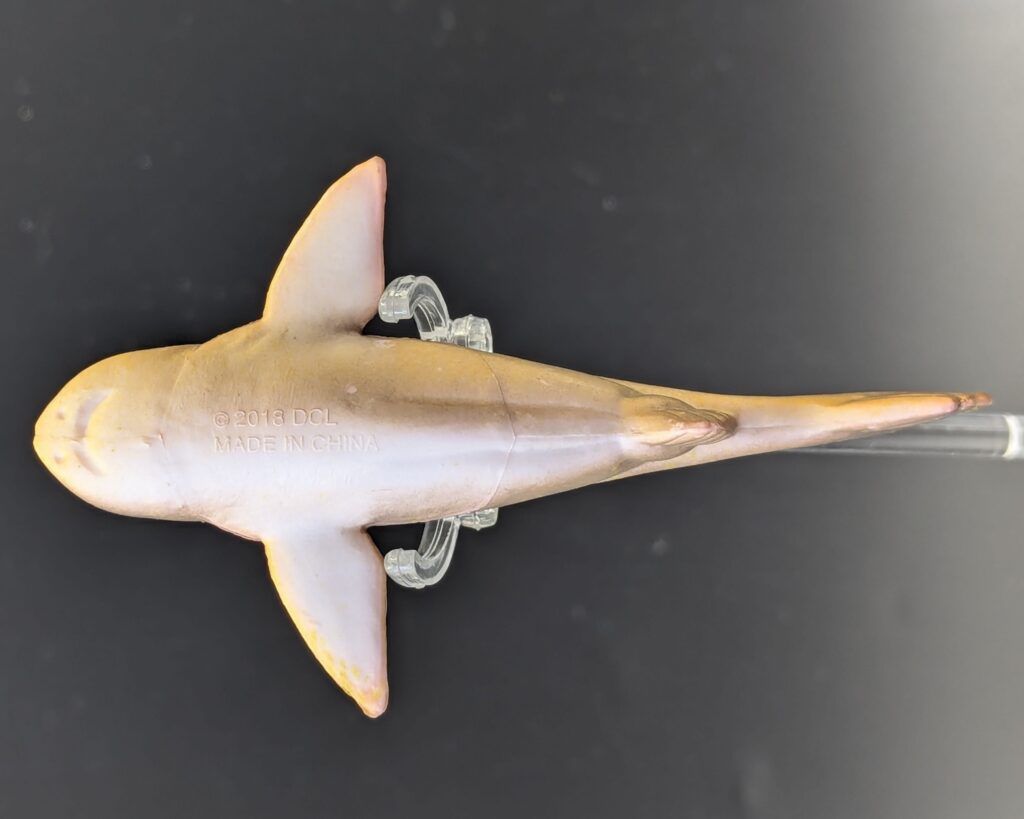
I’ve already alluded to the color, and so they didn’t do a foul job with that. The general color is a lightweight brown over the whole thing of the again and sides, very near the overall color of an angular roughshark. The stomach must be the identical base color however was left white on one facet (yet one more pet fish peeve…see the exhaustive occasions this comes up with Duplicate Toy Fish!) and only a mild brown wash on the opposite, which might simply as simply be a manufacturing unit error. There’s a little bit of a darkish, nearly black wash over the pinnacle, again, dorsal margins and pectoral fins. This blotchiness is variably current in angular roughsharks, and often signifies older people, so it’s a fantastic element to seize on the determine. There aren’t any different pronounced markings, which suggests the determine is lacking the white line that must be under the attention. What the determine does have is a broad scattering of tiny, mild yellow-green dots–clearly meant to mirror the aforementioned luminous organ within the pores and skin, which is a incredible contact. In fact, if somebody doesn’t learn about this organ (I didn’t till researching the species simply now), it’d simply look like a painter’s flourish to differ up the brown physique.
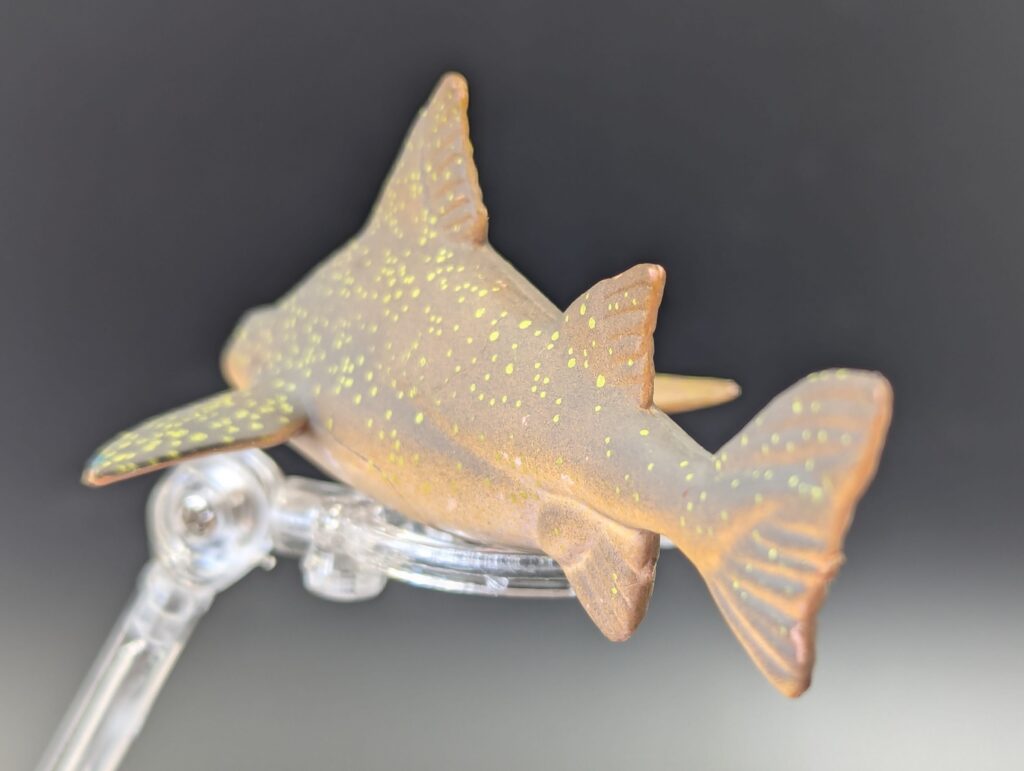
So that’s the angular roughshark from Discovery Science. I clearly took challenge with a couple of, to me, evident flaws–the spiracle, the pelvic/anal fins, and the gill slits. I could be extra forgiving on smaller options just like the dorsal spines, the stomach color, and perhaps even the snout (maybe that’s a much bigger one). However as a toy, in a comparatively low-cost set, it really works fairly effectively. Particularly given the vary of high quality in these units, the truth that it’s clear and apparent precisely what species it’s meant to be, with no ambiguity, is a little bit of a win (can’t say that with each determine within the bins). It’s nice to have a few of these extra obscure, less-typical sharks made as figures and may solely assist promote their conservation. I might be thrilled to see different corporations sort out sharks from deeper into the selachian household tree, and actually convey out the unusual and fantastic selection discovered inside!
